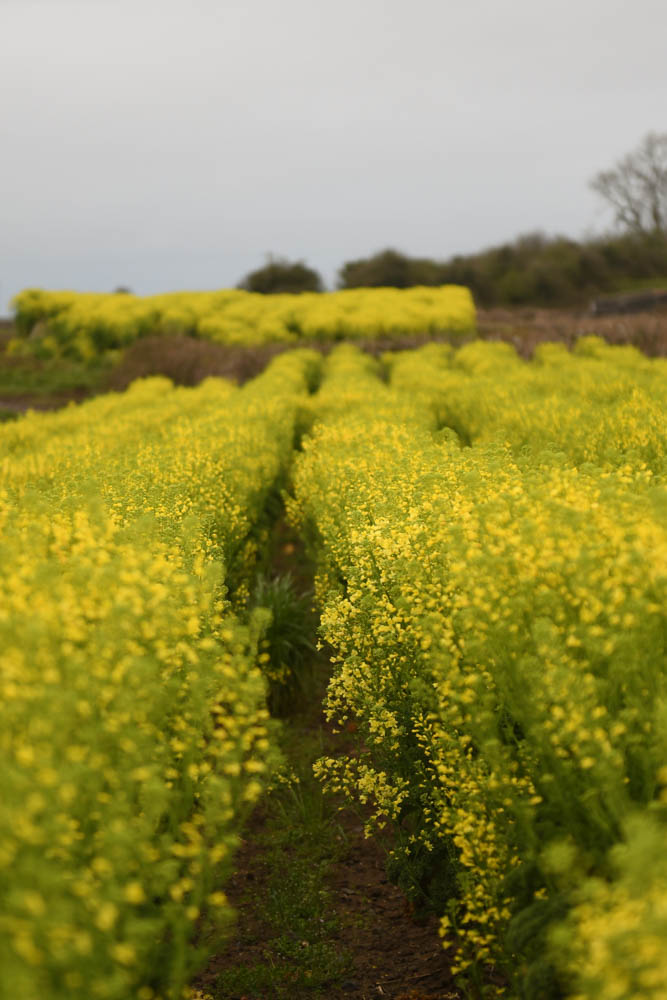When all is said and done, we started out on this journey with one idea in mind: ‘to do everything in our power to help the natural word, to protect biodiversity and to manage to produce healthy food along the way.’
There was no other reason, it wasn’t to make money, it wasn’t even to create a business, it was just to grow food and protect the planet. It was driven by a powerful idea, and I am thankful for that; as without that belief we would not be here today. One thing these last 18 years of growing food naturally have taught me, is that you can take nothing for granted. This time last year we had our land ploughed and tilled and we were confident that we were ahead of the game, as it turns out it was the worst growing year of our 18 years. This year we are at least a month behind schedule because of the constant barrage of rain, and there is no sign of that changing anytime soon.
But from the beginning every year we put time, energy, money and land aside to invest in the natural world and one step we discovered in our very early days was leaving our kale to go to flower. This is a simple and powerful step that helps the natural world thrive.
Flowering kale is a miracle of nature, in fact the kale plant is a miracle of organic farming for West of Ireland organic farmers and for the little creatures we share our land with especially the bees. Right now, as I write, our green kale plants are forming a little flower head at the top of the plants, and in about 3 weeks they will burst into flower, or at the first sign of a little warmth.
We can continue to harvest right up to this point, but as the plants go to flower the harvest ends, it is a natural cycle every year without fail. As we have limited land, it would be tempting to cut down the kale plants straight away and start using the ground for another crop, but we never do that. The kale will produce a myriad of bright yellow flowers and the bees love it. So, we let it flower. It is in fact a critical food source for the bees and other insects at this time of year when there is very little else.
It may be a small step, but it costs us very little, maybe just the awareness to know that doing so really does make a difference. Not only does it attract bees, but birds follow the insects, and on a bright sunny day it is like a little natural kale rainforest right here in the west of Ireland, teaming with life. We will show you when it happens. So now we wait, we wait for the land to dry out, we wait for the kale to flower and we wait for the wheel of nature to turn.
As always thank you for your ongoing support.
Thank you,
Kenneth

